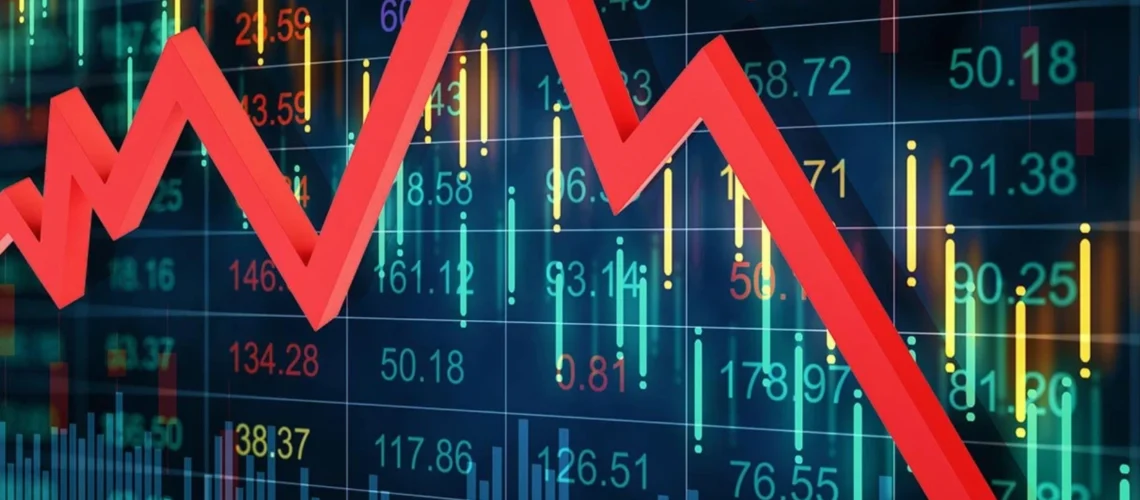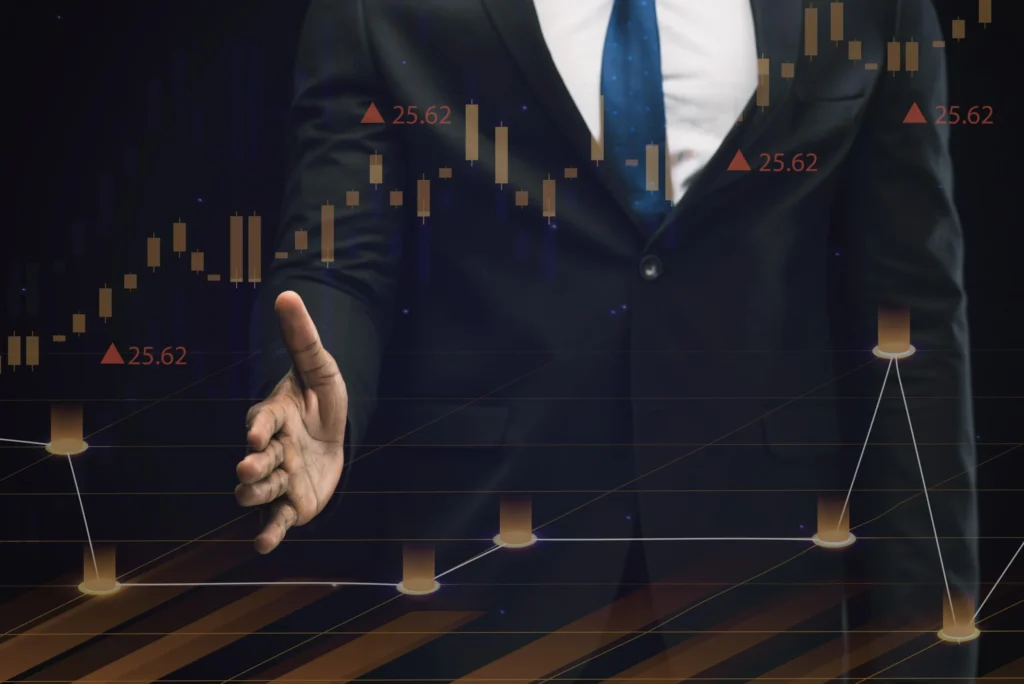Contract Trading: 7 Common Myths (and What You Really Need to Know)
November 29, 2024

Contract trading often sounds like something out of a financial thriller: high leverage, fast moves, and fortunes won or lost in seconds. But behind the buzz lies a lot of confusion—and quite a few myths.
Let’s set the record straight and break down what contract trading really is, how it works, and why it’s both more—and less—dangerous than people think.
Myth #1: “You Need to Own the Asset in Contract Trading”
Reality: In contract trading, you don’t own the asset at all. You’re trading contracts that track the price of something else—Bitcoin, gold, oil, tech stocks, you name it.
These contracts let you speculate on price movements without holding the actual asset. So no crypto wallet, no metal storage vault, no problem.

Myth #2: “Contract Trading Basically Just Gambling”
Reality: Sure, if you go in blind, it can feel like gambling. But strategic contract traders use technical analysis, market indicators, and risk management—just like any skilled investor. The key difference is the toolset, not the mindset.
Is there risk? Absolutely. But calling it “just gambling” ignores the nuance.

Myth #3: “It’s Too Complicated for Regular People”
Reality: The learning curve is real, yes. But the concept is straightforward: you’re predicting whether the price of an asset will go up or down.
Once you understand terms like going long/short, leverage, and liquidation, the rest is about practice and discipline. Many platforms even offer demo accounts so you can learn risk-free.

Myth #4: “Only Professionals Use Leverage”
Reality: Platforms like Binance and Bybit make leverage available to everyday users. You can amplify your trades by 5x, 10x, even 100x—though whether you should is another matter.
Leverage is powerful, but dangerous. Use it wisely and with a strict risk strategy. Otherwise, one wrong move and you could be liquidated, losing your position entirely.

Myth #5: “You Can Only Make Money When the Market Goes Up”
Reality: Unlike traditional investing, contract trading lets you profit in either direction.
Going long = you think the price will rise.
Going short = you think the price will fall.
This flexibility is one reason contract trading is so popular among active traders—it opens up opportunities even in bear markets.

Myth #6: “It’s All the Same Across Platforms”
Reality: Not even close. Each platform—whether it’s Binance, Bybit, OKX, or BitMEX—has its own fee structure, contract types, interface, and leverage options.
Some are beginner-friendly. Others cater to pros. Either way, read the fine print and start with demo trading before diving in.

Myth #7: “Anyone Can Do It (and Get Rich Quick)”
Reality: Let’s kill this myth once and for all: contract trading is not a get-rich-quick scheme. It’s a trading method—one that rewards preparation and punishes impulsiveness.
Overtrading, poor risk management, and emotional decision-making are surefire ways to lose money fast. But for those who stay disciplined and continuously learn, it can be a powerful tool in the trading toolkit.
So, Is Contract Trading Right for You?
That depends.
If you love data, fast-paced decision-making, and understand the risks—maybe. But if you prefer slow-and-steady index investing and don’t want to watch charts all day, this probably isn’t your lane.
The bottom line? Contract trading isn’t inherently good or bad. It’s just misunderstood.
Final Thought: Don’t Fall for the Hype—or the Fear
Contract trading has its place. It’s not magic, and it’s not madness. It’s a technique. One that can work brilliantly—or disastrously—depending on how you use it.
So skip the hype, ditch the myths, and make your decision based on facts. The markets don’t care about your feelings—only your strategy.
Relevant Link : Contract Trading Explained: A Wild Ride with Real Rewards (and Risks)

